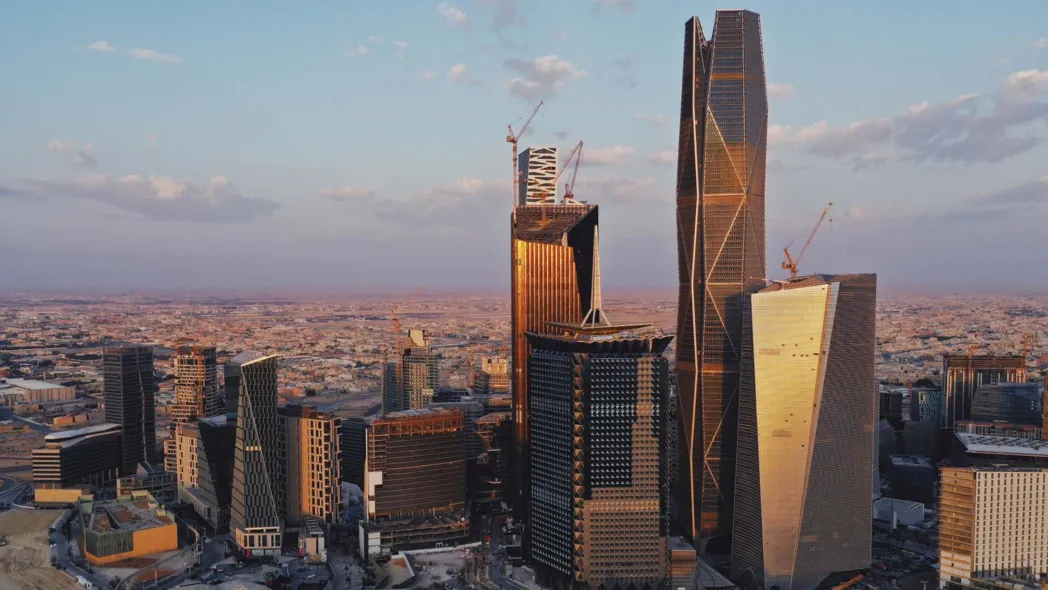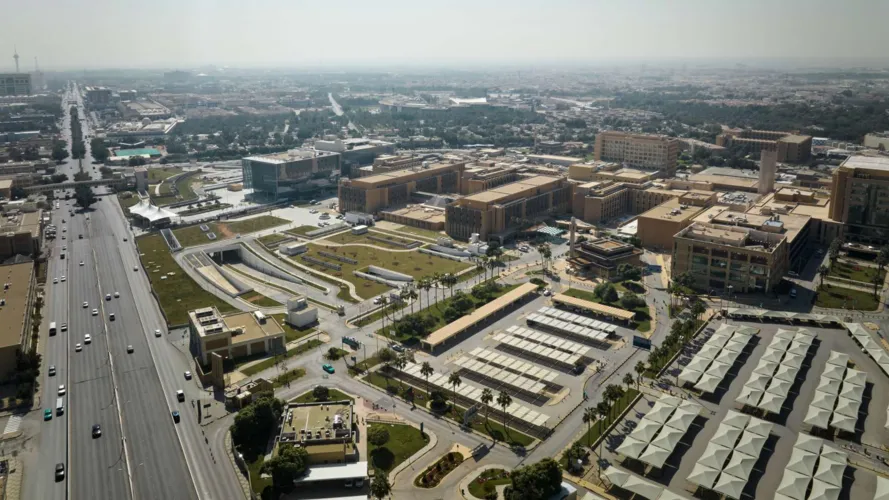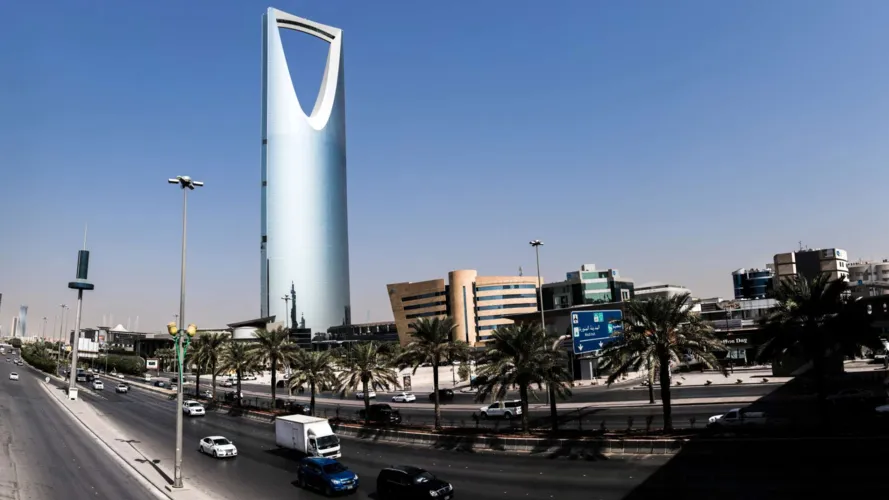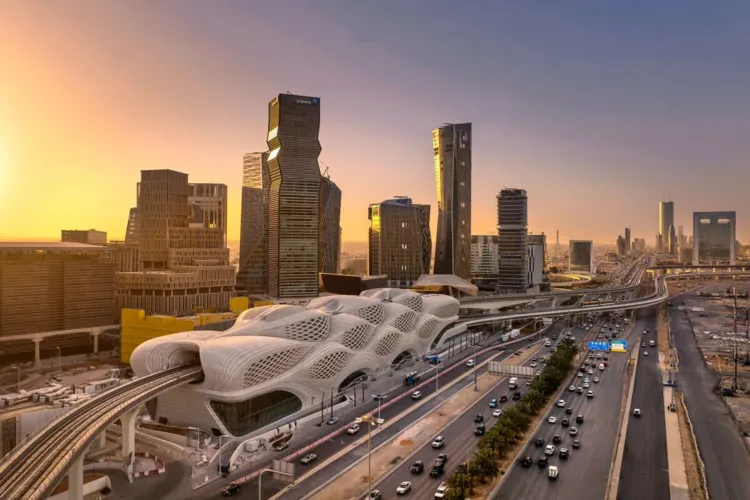PE’s Expanding Role in Saudi Arabia’s Economic Engine
Saudi Arabia is rapidly emerging as the epicenter of private equity activity in the Middle East, with Saudi Private Equity M&A Trends reflecting a strategic shift toward high-conviction, growth-oriented investments.
In the first half of 2025, the Kingdom captured 45% of all MENA PE transactions, outpacing the UAE and reinforcing its dominance in the region. Saudi Arabia posted 13 deals, an 8% year-on-year increase, underscoring the Kingdom’s resilience and rising investor confidence.
This momentum is no accident. It’s the result of a deliberate national strategy under Vision 2030, which aims to diversify the economy, reduce dependence on oil, and foster innovation across sectors. The Kingdom’s PE transaction value surged from $523 million in 2019 to $4 billion in 2023, marking a 66% compound annual growth rate. Sovereign support, regulatory reform, and domestic liquidity have created a fertile environment for both local and international investors.
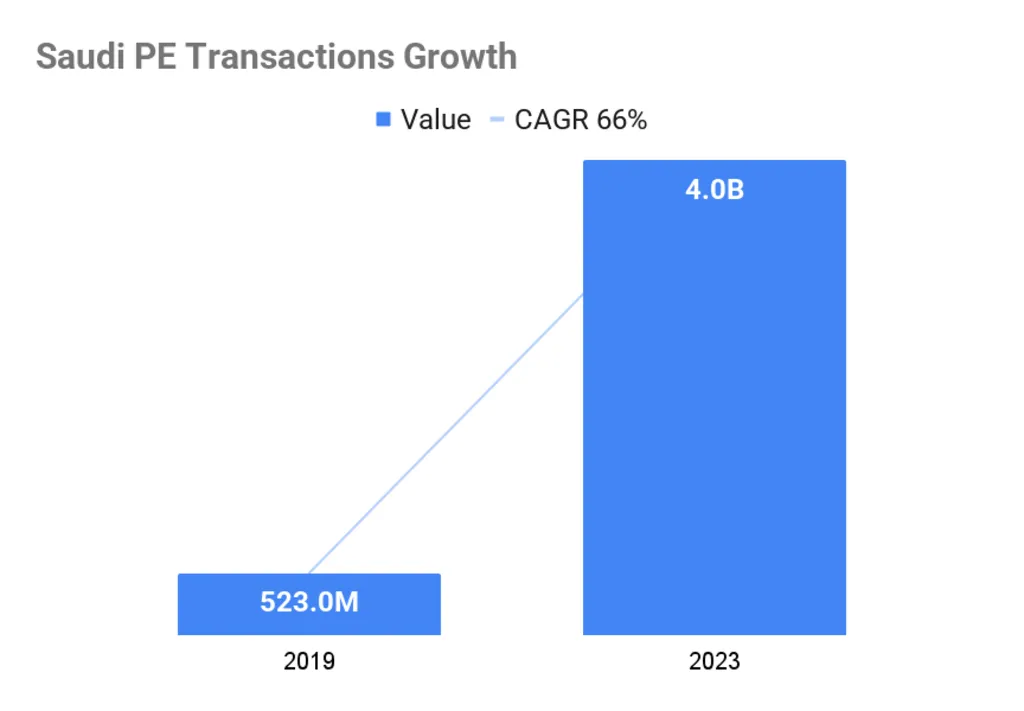
Key Transactions Reflect High-Value, Growth-Focused Capital Deployment
Saudi Private Equity M&A Trends in 2024–2025 are defined by fewer but larger deals. In 2024, the Kingdom recorded $2.8 billion across 15 PE transactions.
Growth-stage investments dominated, comprising 67% of all PE deals in 2024, while buyouts consistently accounted for 80% of deployed capital. The top five transactions between 2019 and 2023 made up 76% of total PE investment, highlighting a concentration of capital in high-value opportunities.
A major telecom buyout positioned communications as the leading PE sector in 2024, reflecting investor appetite for infrastructure and digital transformation. These transactions signal a maturing market where PE firms are betting big on scalable platforms.
In H1 2025, MENA-wide PE deal value reached $2.88 billion, despite a 38% drop in regional volume. Saudi Arabia led with 13 deals (↑8% YoY), outpacing the UAE’s 12 (↓25%), underscoring its resilience and investor confidence in scale-ready assets.
Sector Focus: Manufacturing, Healthcare, Tech, and Tourism
Saudi Private Equity M&A Trends show a clear sectoral tilt toward industries aligned with Vision 2030. Manufacturing led PE investment, capturing 46% of total value between 2019 and 2023, followed by financial services, telecommunications, and healthcare.
Healthcare continues to attract capital, with Saudi Arabia positioning itself as a regional hub for medical innovation and retail health services. Technology is another magnet for PE, driven by initiatives like SDAIA and success stories such as STC Pay, which highlight opportunities in AI, fintech, and cloud computing.
Tourism and entertainment are rising PE targets, aligned with giga-projects like NEOM and the Red Sea Development, which aim to attract 100 million annual visitors by 2030. Logistics and supply chain investments are also gaining traction, leveraging the Kingdom’s strategic location as a global trade hub.
Regulatory and Market Drivers Behind the PE Boom
Saudi Arabia’s regulatory overhaul has been instrumental in shaping Saudi Private Equity M&A Trends. The New Companies Law, effective January 2023, introduced flexible corporate structures like the Simplified Joint Stock Company, eliminated minimum capital requirements, and enhanced minority shareholder protections.
These reforms have improved legal certainty, enabled full foreign ownership in previously restricted sectors, and reduced costs for startups through audit exemptions and employee share schemes. As a result, Saudi Arabia climbed from 66th to 48th in the Global Innovation Index between 2020 and 2023.
The Public Investment Fund (PIF) plays a catalytic role, anchoring deals and de-risking investments in technology, renewable energy, and tourism. Its strategic approach balances domestic development with global diversification, attracting international capital while supporting national priorities.
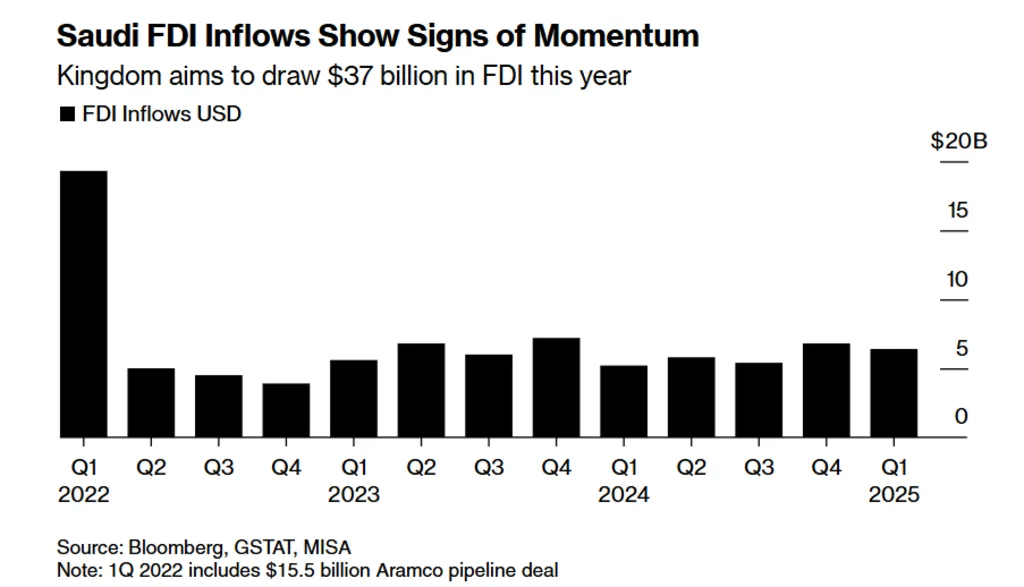
Future Outlook: Saudi Arabia as a Global PE Hub
Looking ahead, Saudi Private Equity M&A Trends point to sustained growth, sectoral expansion, and enhanced exit opportunities. With a young, tech-savvy population and ongoing infrastructure development, the Kingdom is poised to attract more PE capital across healthcare, logistics, and digital platforms.
IPO activity and privatization of state-owned assets will create liquidity and exit pathways, while secondary market development will offer new avenues for returns. As global PE markets grapple with inflation and interest rate volatility, Saudi Arabia’s low inflation (projected 2.3% in 2025) and strong domestic liquidity offer a stable, counter-cyclical investment environment.
With Vision 2030 as its compass, Saudi Arabia is building a private equity ecosystem that blends innovation, resilience, and global ambition.
Also Read: How Private Equity is Shaping Saudi Arabia’s M&A Landscape
